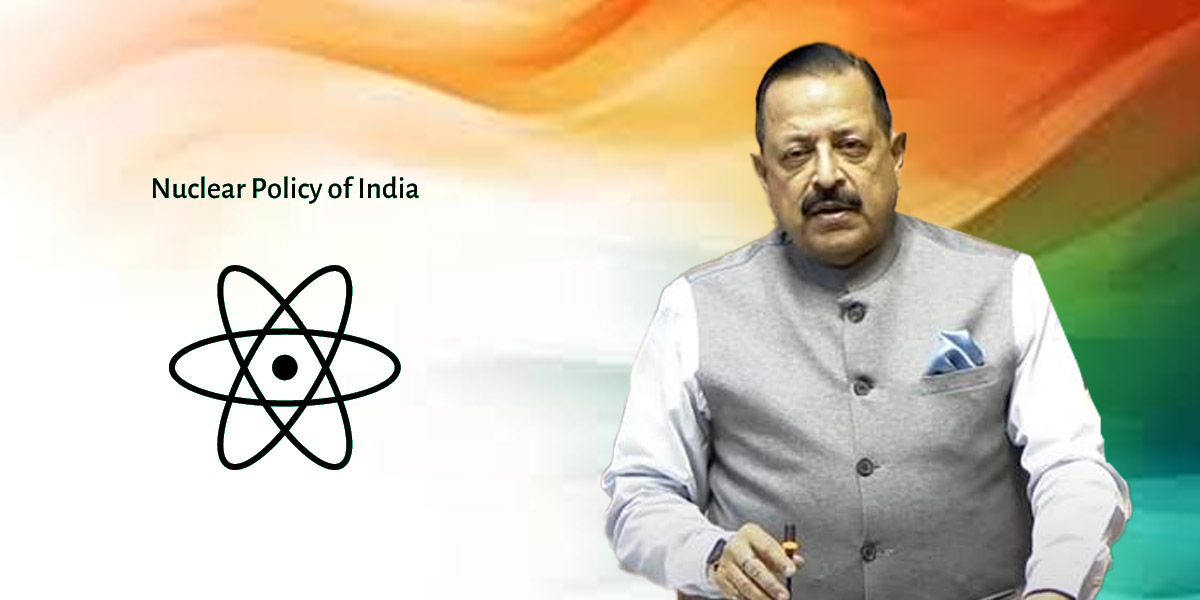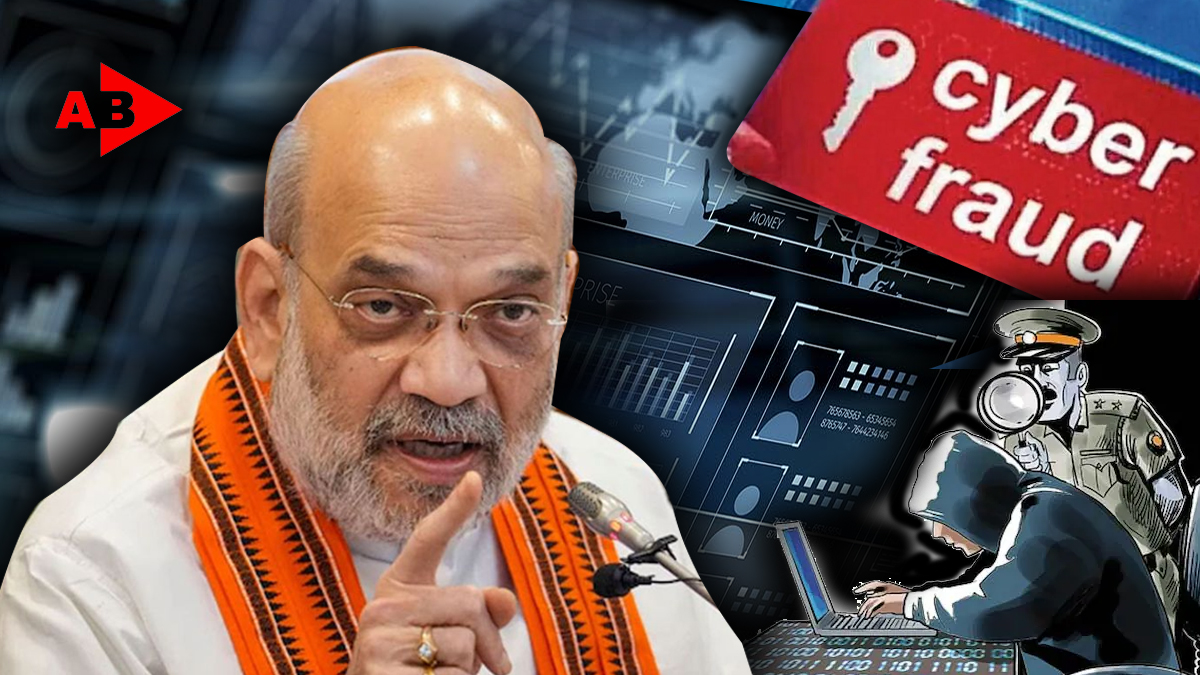
Safety First, Production Next: Minister Reassures Robust Standards in India’s Nuclear Energy Sector
AB News, New Delhi, December 6, 2024: In a significant assurance to the Indian Parliament, Union Minister of State for Science and Technology, Dr. Jitendra Singh, emphasized the unparalleled safety standards maintained by India’s nuclear power plants. Addressing concerns raised during the Question Hour in the Rajya Sabha, Dr. Singh reaffirmed that these facilities not only adhere to stringent national protocols but also benefit from international oversight to ensure the highest safety measures.
Dr. Singh stated, “In the Department of Atomic Energy, we follow the rule of ‘safety first, production
next.’ Every stage, from site selection to operational checks, is governed by stringent protocols.” He elaborated on the comprehensive safety measures, which include rigorous inspections structured around quarterly reviews during construction and semi-annual checks once operational. A five-year license renewal process further reinforces these measures.
The Minister highlighted that India’s nuclear energy framework operates far below global critical safety benchmarks, specifically in radiation emissions. “Globally, the benchmark for radiation emissions from nuclear plants is 1,000 microsieverts. In India, our plants consistently operate well below this threshold.” He provided compelling statistics, declaring, “At the Kudankulam plant, emissions have dropped from 0.081 microsieverts a decade ago to just 0.002 microsieverts today.” Similarly, the Kalpakkam plant has also achieved significant radiation reductions, moving from 23.140 microsieverts in 2014 to 15.961 microsieverts in 2023.
India’s commitment to safety extends to the architectural resilience of its nuclear power facilities, as Dr. Singh assured that plants are strategically located to withstand natural disasters, being situated far from tsunami-prone regions. The Tarapur plant, positioned over 900 kilometers from potential tsunami risks, exemplifies this preparedness strategy.
The Minister also celebrated recent milestones positioning India as a leader in nuclear energy, including the Kaiga Generating Station’s record-setting 962 days of continuous operation, and the 50-year operational success of the Tarapur plant, showcasing India’s advancements in nuclear technology and reliability.
Moreover, Dr. Singh pointed out the expansive applications of nuclear technology beyond just energy production, citing its roles in agriculture, healthcare, and security. From developing radiation-resistant crops to producing medical isotopes for advanced cancer treatments, the benefits are wide-ranging.
In discussing the Civil Liability for Nuclear Damage Act of 2010, Dr. Singh reassured stakeholders that the framework was effectively designed to both protect public interests and promote investment in the atomic energy sector.
Concluding his remarks on a positive note, Dr. Singh emphasized India’s evolution from a perceived minor player in nuclear energy to a global frontrunner setting standards that others aim to follow. As the country accelerates its nuclear energy ambitions, focusing on sustainability and carbon reduction, the Minister reiterated that safety remains the utmost priority.
With this proactive approach, India positions itself as a trusted partner in global energy and technology collaborations, paving the way for future advancements crucial for addressing climate goals globally.
As discussions around nuclear energy gain momentum in the context of climate change, Dr. Singh’s statements reinforce India’s commitment to maintaining the highest safety standards while pursuing its ambitions in the nuclear sector.


